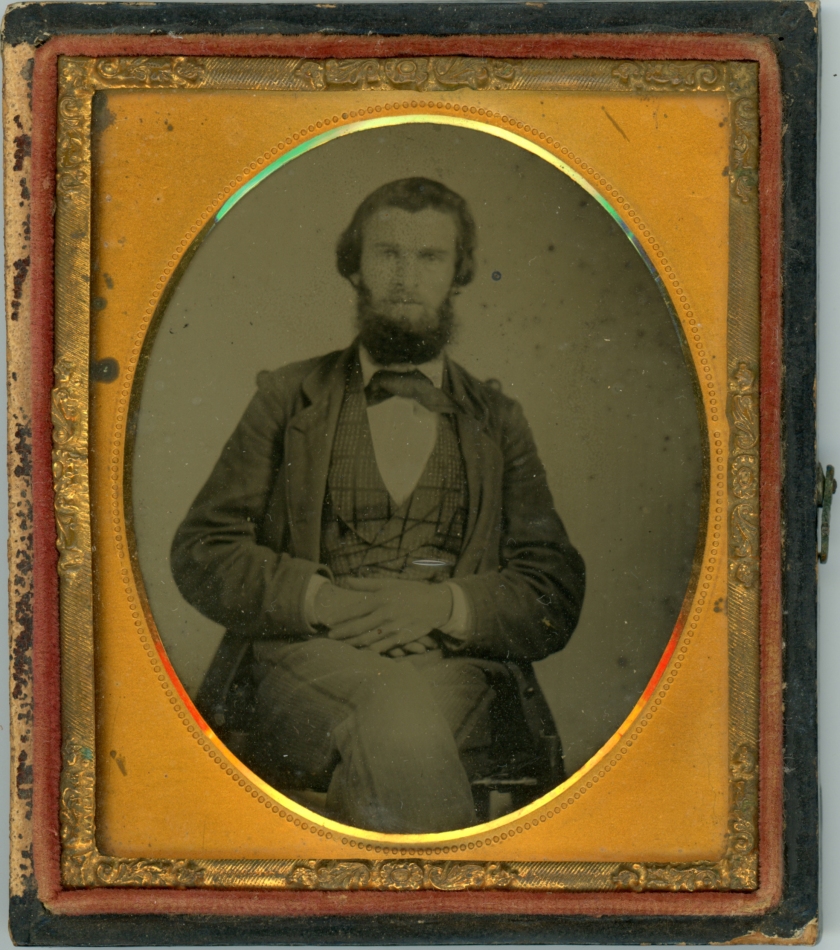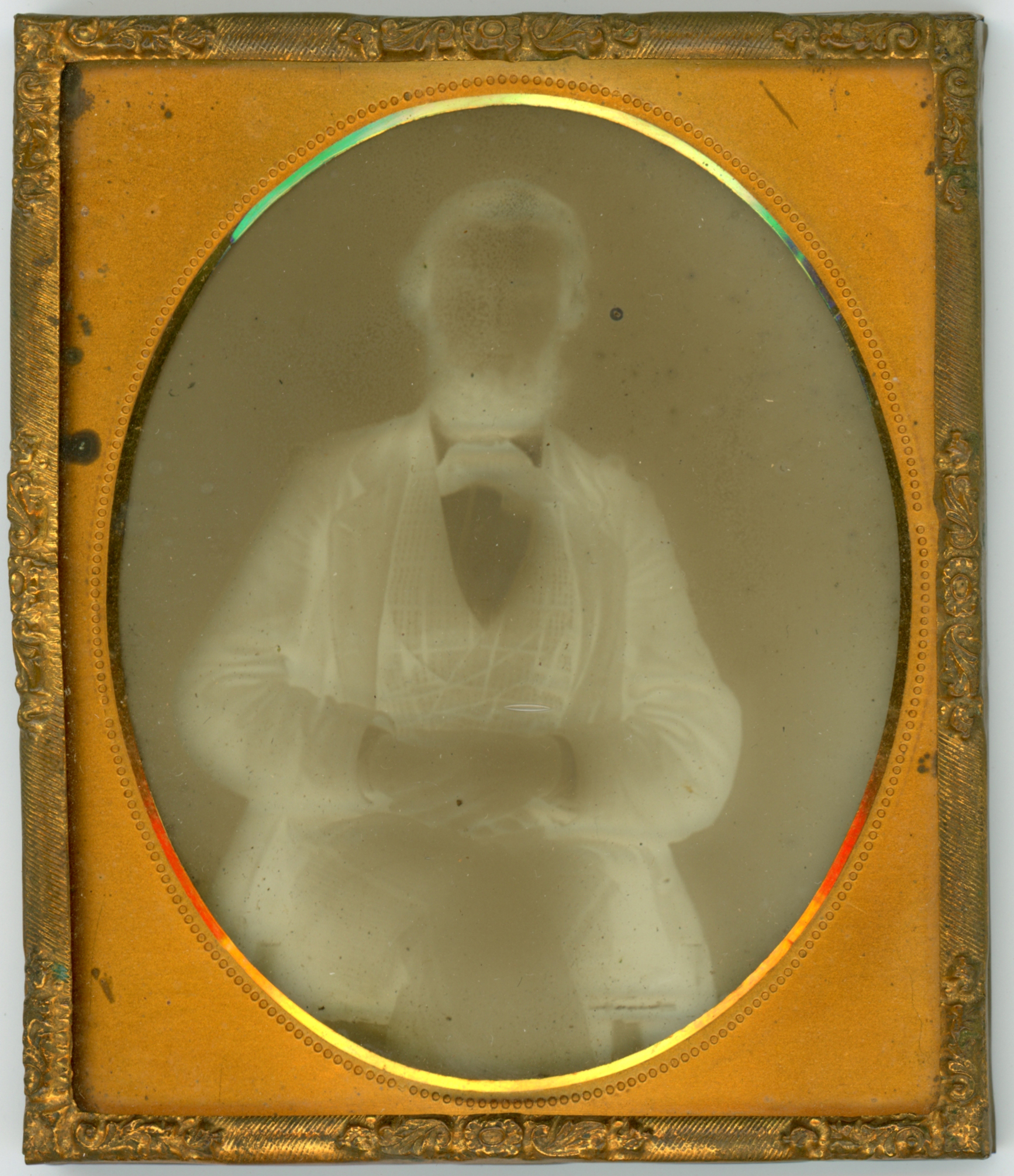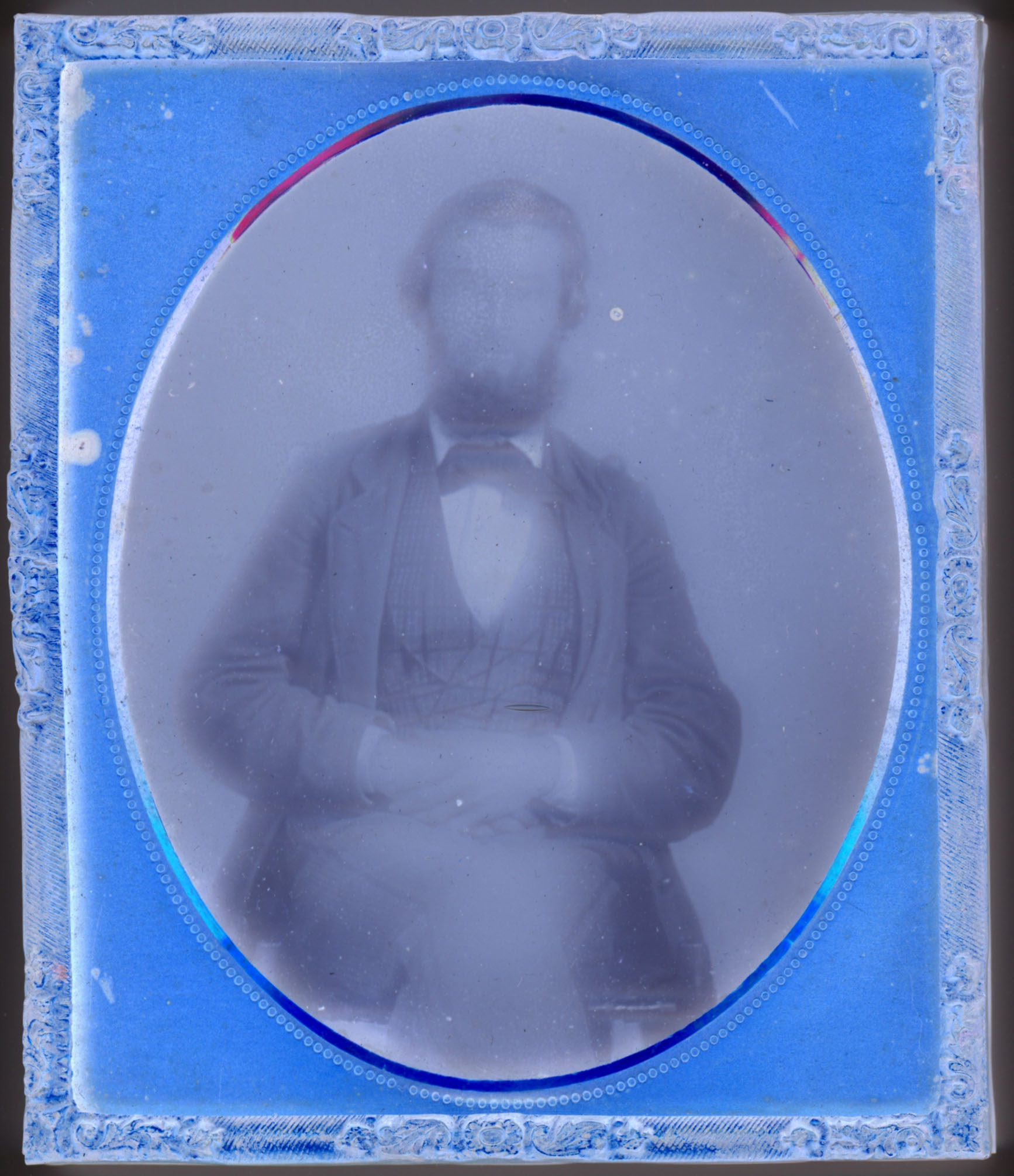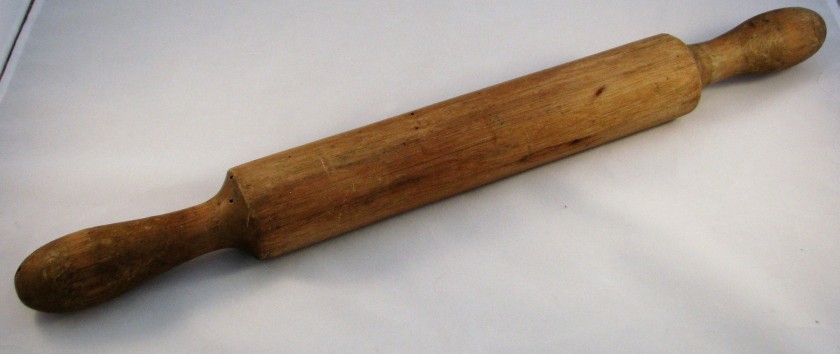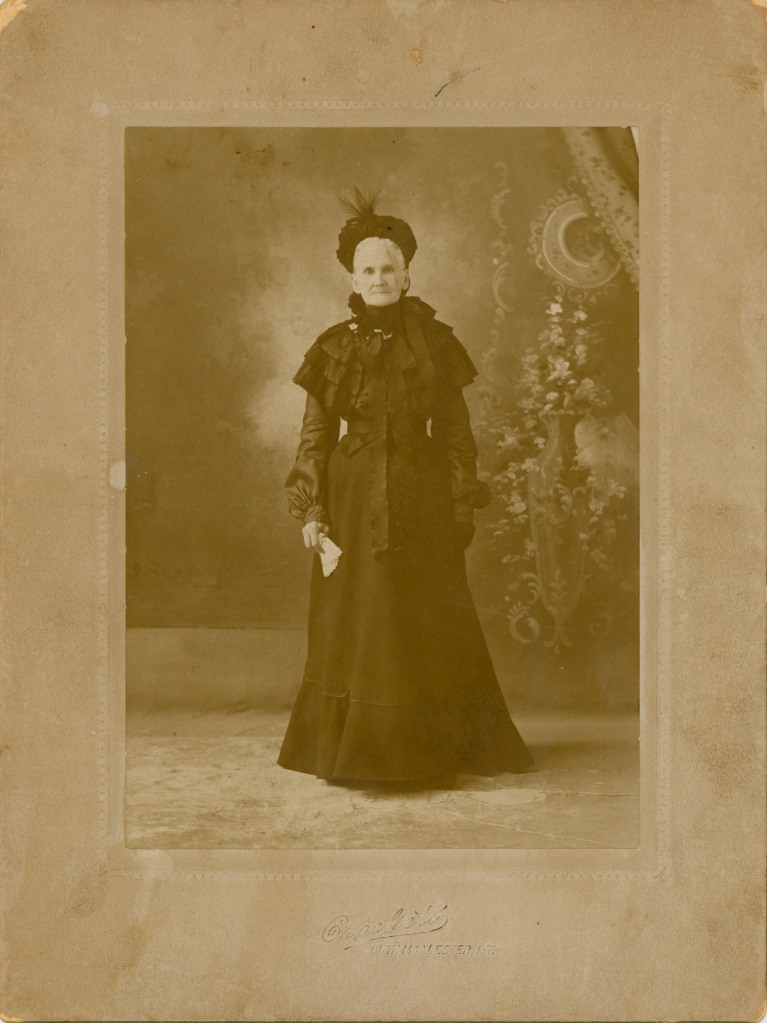Reunion – 52 Ancestors in 52 Weeks

Summertime seems to be the time for family reunions. For every family that has a reunion, there’s a different look and a different set of traditions. Some are gatherings of a group of siblings and their families for a cookout or a vacation. Others are grand productions of many generations that have been going on for many, many years.
I usually attend a reunion of the Almand family each September. It’s held in Conyers, Georgia and represents the descendants of Thomas and Nancy David Almand. I’m already seven generations separated from them, but it’s a good time. However, over the twenty years I have been attending, so many of the elders have passed on, many of the younger generations have moved or haven’t stuck around, and there’s not as much to keep things going. We’ve dwindled from well over a hundred folks being there and a day-long affair to around thirty and a nice lunch, home before supper.
Likewise for a Hollis reunion I used to attend. I’m even more distant from that line and it was dwindling when I started.
When reunions fade, it makes me sad. Sad that there’s no one to pick things up and keep it going. Sad that those who used to do it either are no longer able or are no longer around.
But there are still lots of reunions that are going strong or are trying to get off the ground.
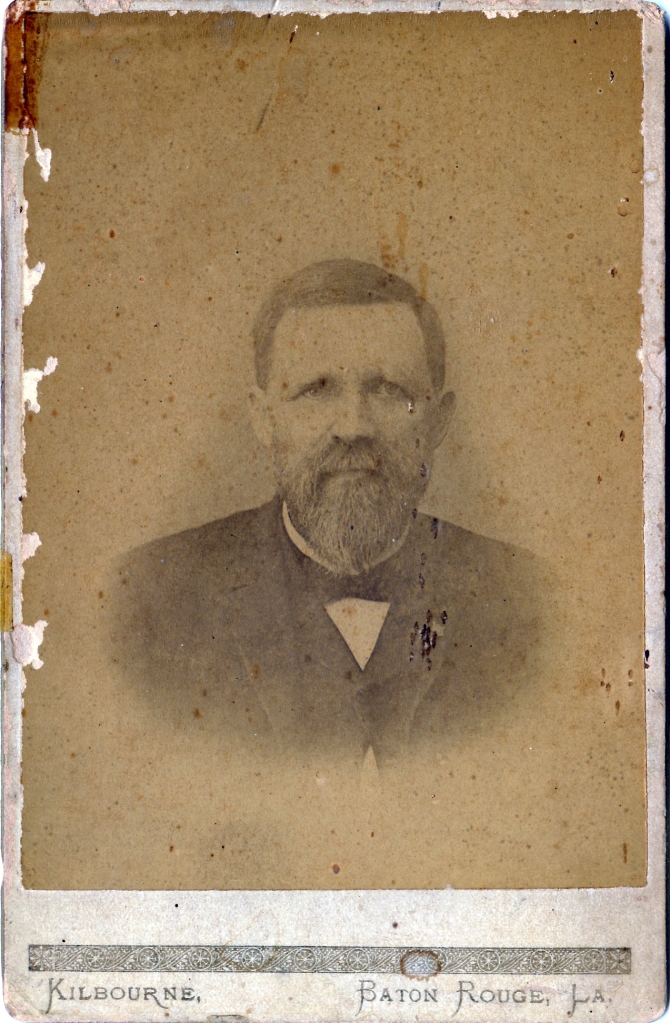
George Lovick Pierce Wren 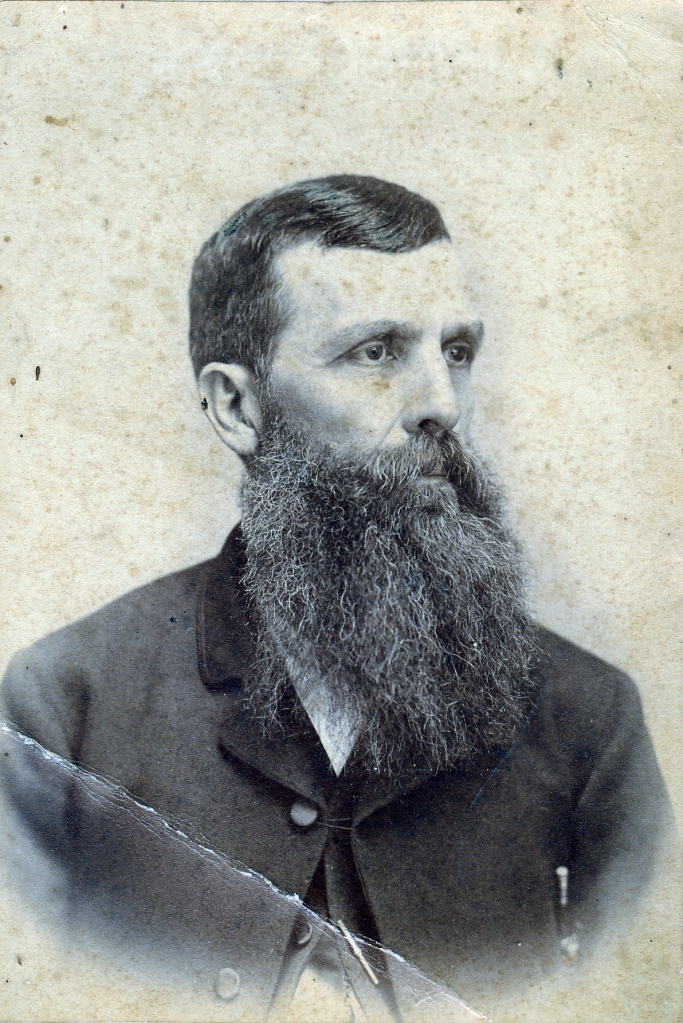
Dr. Alonzo Dossey Wren
My Wren family (my mother’s family) first started its reunion in 1949. The descendants of Dr. Alonzo D. Wren and George Lovick Pierce Wren are a great example. These two brothers were sons of George Washington Wren and Sarah Bridges Wren. They were for the most part based in southwest Arkansas (Dr. Wren) or around Minden, Louisiana (GLP Wren).
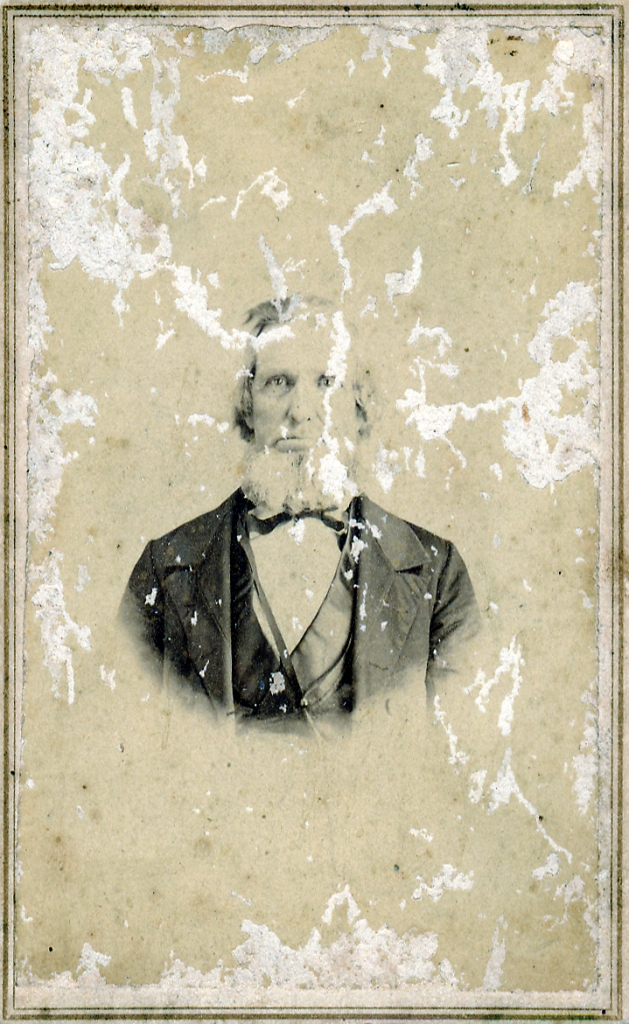
George Washington Wren 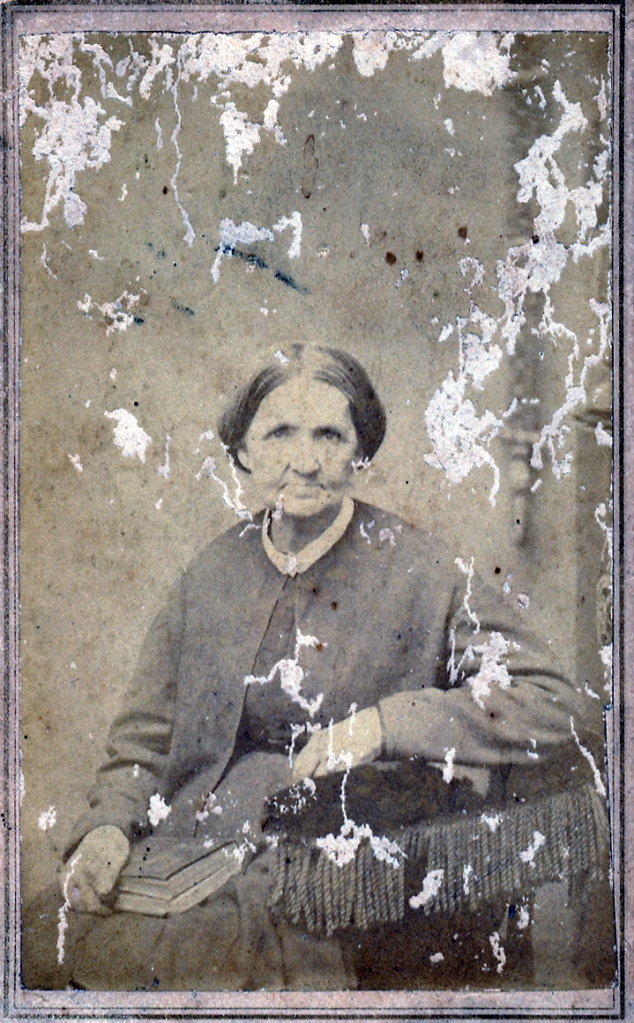
Sarah Bridges Wren
Starting in 1949, these families began to meet each summer. There was a pretty typical pattern to the reunions. Everyone brings food. People take pictures. There’s lots of visiting going on. People get reacquainted with their cousins. Little kids run around. Teenagers whine about having to come. Everyone goes home at the end of the day so full that they can’t move. And they all look forward to the next time they can get together.
But, there’s more. Whether you realize it or not, at a reunion, there’s a strengthening of the family connections. Stories are shared not only of who’s had babies and who is getting married, but of who is sick and could no longer attend, and who has died since the last time they gathered. People pass around pictures, both of close family and the historical family. For a genealogist, this is a great time to talk to the older folks in the family.
Usually, the head of each family introduces their family. Those who are the oldest and youngest and those who traveled the greatest distance are all recognized.
The folks who have been coming the longest seem to be the ones who have the strongest connection. It’s so nice to be able to sit down together and reconnect and see how the family has grown and grown up.
Wren Reunions have alternated between Minden, Louisiana or Nevada County, Arkansas. Truthfully, living so far away, and never having lived near the rest of this part of the family, I am not even certain that the reunion continues. If you know, please let me know! Last I heard, it was more or less every two years and had gotten a breath of fresh air from some of the younger generations. I hope so.
Reunions are a great time to remember the family history and to recognize the eldest members of the family. When the reunion started in 1949, there were five children (out of 19) children of Dr. A.D. Wren and G.L.P. Wren alive and in attendance. Now, I’m not even sure that there are any grandchildren of those patriarchs still with us.
If you are researching a family, look for newspaper articles about reunions. Even now, these might appear in local newspapers. Often, there will be a list of all of the attendees and maybe even where they came from.
And if you have a chance to attend a reunion, even of a family where you are just a distant cousin, go. Make the family connections. And if your family doesn’t have a reunion, think hard about trying to start one. Start with a Facebook group. Share pictures and stories there. You’ll find some folks who might be your partners in crime to start thinking about getting together. Pick a place and a date. Give people plenty of leadtime, especially if travel is required. It’s not unreasonable to schedule a year out. And then start getting folks excited. You’ll probably start small. Be sure to include both young and old.
Don’t be the one who lets the family connections die out.














